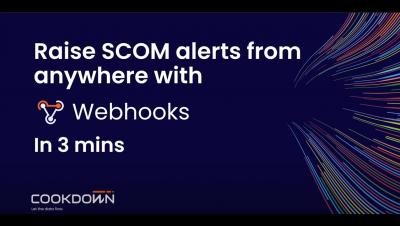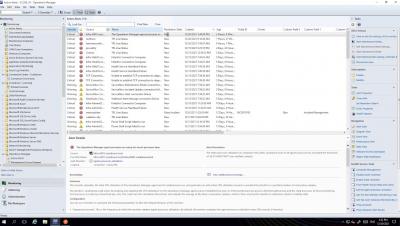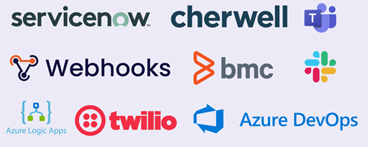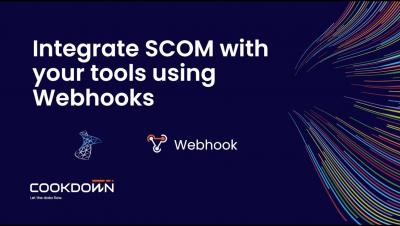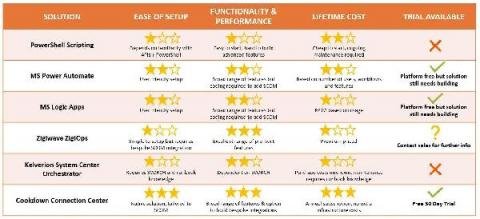Operations | Monitoring | ITSM | DevOps | Cloud
Cookdown
Connection Center for Webhooks Inbound Deep Dive Demo
Top 5 SCOM issues and how to solve them
Many organizations aspire to a world where everything is in the cloud. But, in reality most IT enterprises still rely on traditional on-prem monitoring technologies. As a market-leading monitoring tool, SCOM is ideally placed for the job; monitoring both on-prem workloads or workloads that link up to the cloud. So, as SCOM is central to most companies’ monitoring, it is essential you understand how to be successful with SCOM!
What are Webhooks and why do they matter to SCOM?
A Webhook is an API that delivers data from applications when an action or event occurs. When an event is triggered within the source site, it is seen by the Webhook, which collects the data and sends it to the desired application or URL in the form of an HTTP request. Webhooks are also instant, triggering the delivery of data in real-time, this makes them faster and easier to implement than other methods, like polling.
Release Webinar: Connection Center for Webhooks Inbound
Integrate SCOM with your tools using Webhooks Webinar 9-Sep-2021
Top 5 SCOM Integration Tools
If you’re looking to integrate SCOM with your other IT applications your main drivers are probably centered around; increasing efficiency, improving stakeholder engagement, and smashing your incident response times!
Why integrate SCOM with anywhere?
While SCOM is a valuable monitoring tool, you may also be using a suite of monitoring tools, such as SolarWinds to monitor network devices, VROps to monitor VMware, and Nagios to monitor your Linux devices, as all these tools are best in class. But, you don’t want to be looking in numerous different consoles to gather all your monitoring data!
Bi-Directional Integration for SCOM & your ITSM Tools
Bi-directional sync enables data to be sent to and from SCOM and your ITSM tools, in the following ways: a) OUTBOUND Notifications (PUSHES alerts from SCOM to another tool) b) INBOUND Notifications (PULLS updates on alerts into SCOM from another tool) This means you can choose which SCOM alerts to send across to your ITSM tools (Cherwell or ServiceNow), they are then raised as incidents, and then using bi-directional sync, info relating to the incidents is pulled back into SCOM (Incident ID, Configurat
Why integrate with SCOM?
While SCOM is a valuable monitoring tool, you may also be using a suite of monitoring tools, such as SolarWinds to monitor network devices, VROps to monitor VMware, and Nagios to monitor your Linux devices, as all these tools are best in class. But, you don’t want to be looking in numerous different consoles to gather all your monitoring data!


